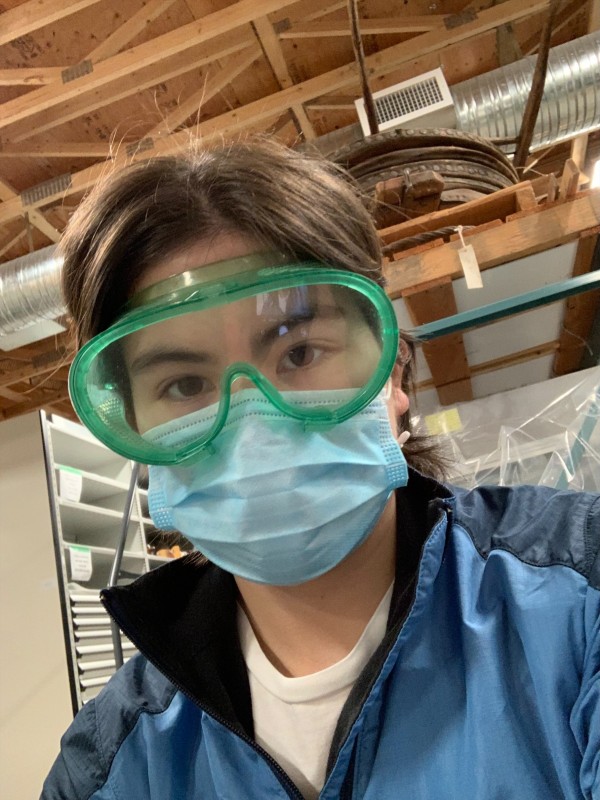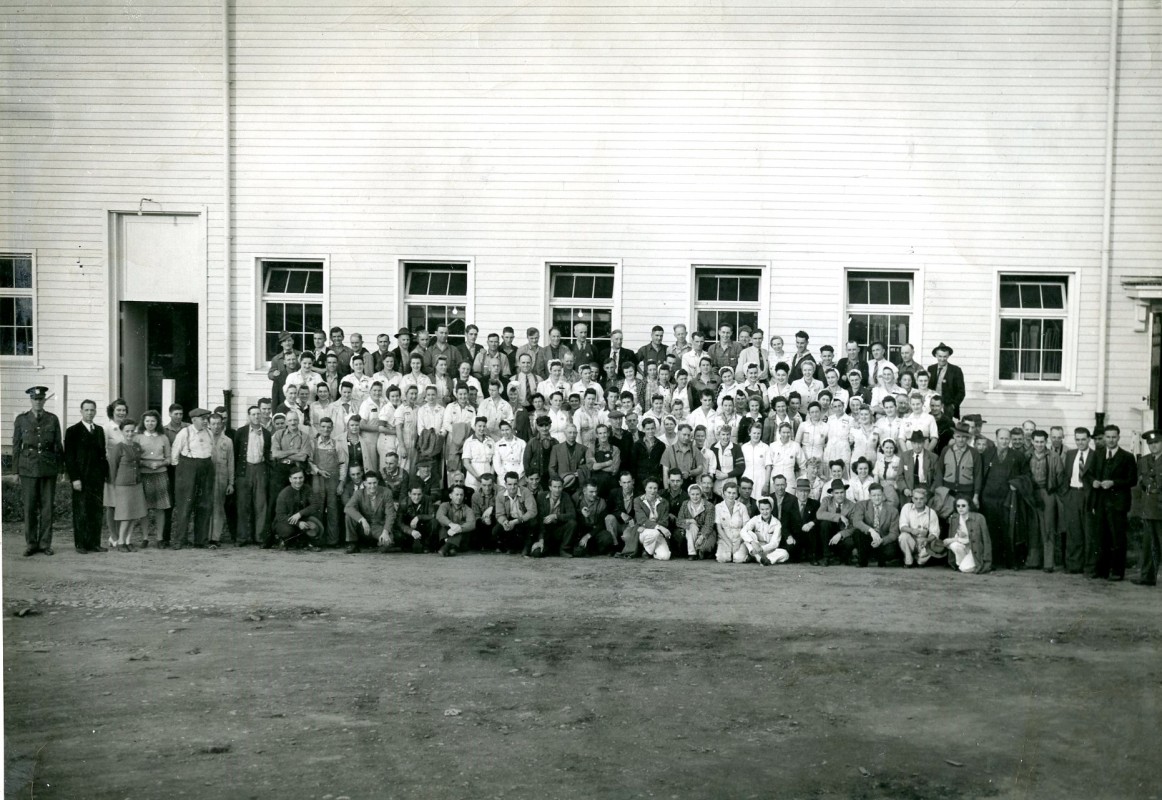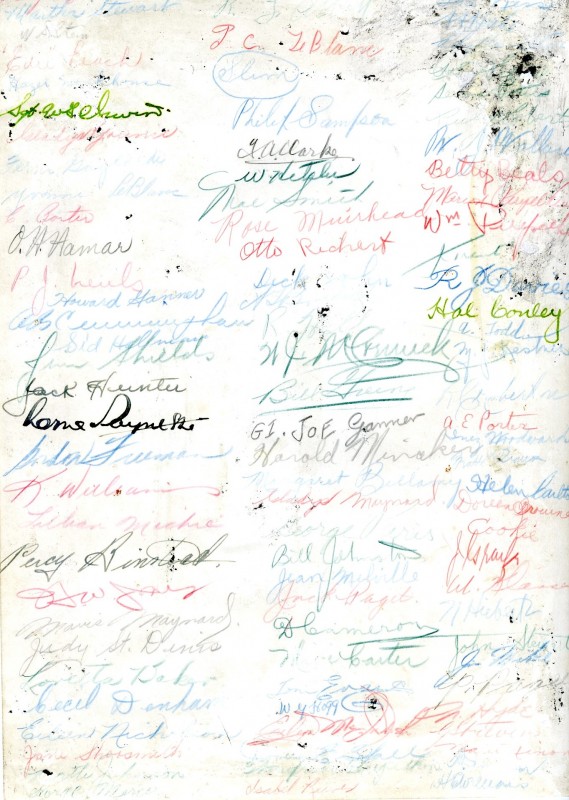This post was written by Archives and Curatorial Assistant Cate Ngieng
Over this summer, I have had the amazing opportunity to work at the Chilliwack Museum and Archives. I started this position having just graduated out of high school with little to no archival or curatorial experience. I feel very fortunate to receive this opportunity to learn about archival and curatorial practices and management from Tristan, Kate, Matthew, and Sydney and I am grateful to them for their mentorship and guidance.

Archives and Curatorial Assistant Cate Ngieng working behind the scenes
I started this summer in the archives processing donations. Throughout my first few weeks in the archives, the Archivist, Tristan, and the Archives Technician, Matthew, showed me how to process, catalog, and preserve both documents, videos, and photographs as well as assist researchers. The first donation I ever processed consisted of nine ledgers and a rather large stack of paper documents. I looked over financial records, meeting minutes, receipts, invoices, and correspondence and helped preserve them. During my time processing donations in the first few weeks, I learned so much about Chilliwack history including the Chinatowns and CFB Chilliwack. My favourite donation that I processed was a photograph of the staff at the Boeing Plant at Chilliwack Fairground during World War II. There were ninety-four names printed on the back in different handwriting, all with varying levels of legibility. I enjoyed deciphering the handwriting and researching the workers, trying to find their full names. This reminded me a lot of a puzzle, especially with the names that I could only decipher a few letters of. This donation was one of the last I processed before moving to the curatorial department.

Below: List of names written on back of image [2020.047.002]

When I moved to the curatorial department, I quickly learned how to handle, store, clean, and preserve artifacts from the Curator, Kate, and the Collections Technician, Sydney. At the time, they were installing The Hops Connection exhibit. I was over at the museum for almost a week helping get the room ready for opening. I loved seeing how many things went into installing an exhibit like that. I helped prepare the floors, paint a small portion of the walls, put up panels, clean the cases, and position as well as clean the artifacts. It was very satisfying to see the final product and know that I had a part in putting that together. After my week at the museum, I moved to artifact collection. My next task was to inventory and relocate three shelves of trophies. This task came to include not only the relocation and inventory of the trophies, but the oversized ephemera, plaques, and kitchenware to make space for cabinets for the trophies. I learned how to describe a large variety of objects, photograph them, and safely wrap them up. Overall. my favourite experience while in the curatorial department was cleaning the artifacts since it allowed me to get a close look at the inner workings along with the material of the artifacts.
I am so incredibly grateful for this experience. I have learned so much and can’t believe it’s already coming to an end! I will always cherish the advice and experience I have gained from working here at the Chilliwack Museum and Archives with my supervisors and co-workers and I look forwards to using it in my career whether it’d be in archives or artifact collections.
Speaking on behalf of all the staff at the Chilliwack Museum and Archives we are going to miss you Cate as you continue your studies at UBC.

Comments are closed.